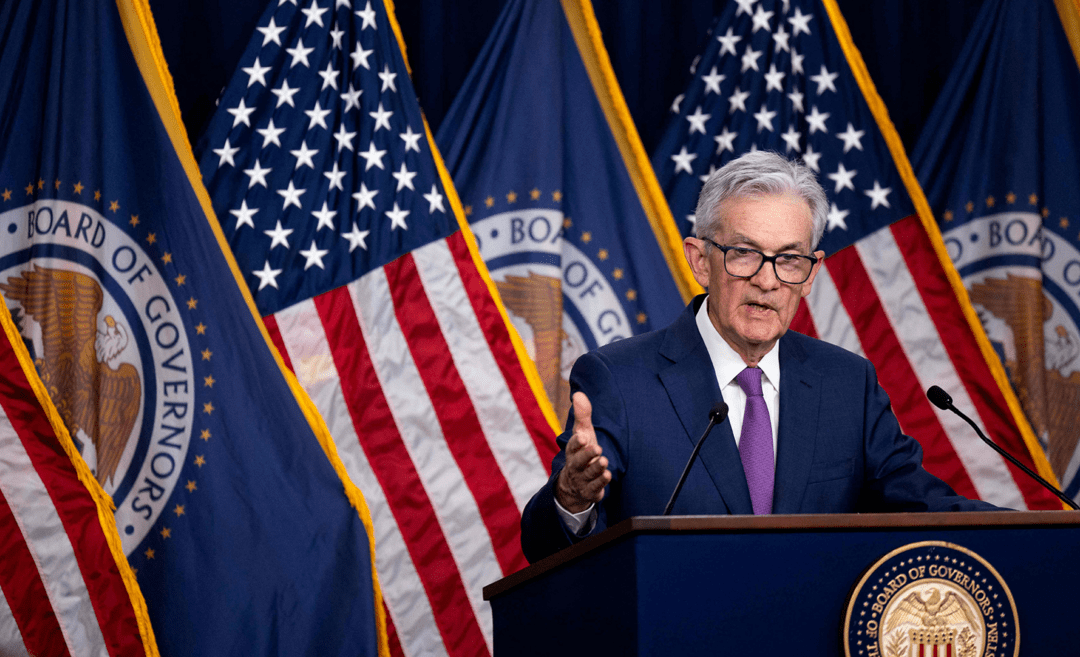1. Federal Reserve policy: The 'anchor' for the cryptocurrency market?

1. Key signals from the Jackson Hole meeting
Powell's statements will directly influence market direction:
Dovish (strengthening expectations of interest rate cuts) → Pressure on the dollar and U.S. Treasury yields → BTC/ETH may see a surge
Hawkish (emphasizing sustained high interest rates) → Risk assets face initial sell-offs → Altcoins may continue to correct
Currently, the market bets on a more than 70% probability of a 25 basis point rate cut in September, but fluctuating inflation data may disrupt the rhythm—this is also the core reason for the recent 'precautionary decline' in altcoins.
2. The paradox model of the interest rate cut cycle generally predicts that rate cuts are 'on the way', but the timing and magnitude are questionable. In the last round of rate hikes, the crypto market was pushed up by retail funds; now retail has not yet entered, and the main force has shifted to institutional ETFs and Digital Asset Treasuries (DAT). The question arises: Can institutional buying power withstand retail profit-taking sell-offs?
2. DAT becomes the 'new protagonist' in the market: opportunities and pitfalls coexist

1. ETH is being snapped up, but hidden concerns lurk
In just 3 months, ETH DAT has already held 2.4% of the total amount, with giants like BitMine holding more than mainstream exchanges, and at this rate, it may soon surpass BTC treasury's share.
Risk point: If DAT is forced to sell ETH due to poor stock performance (e.g., BTCS's mNAV falling below 1), it may trigger a chain reaction.
2. The 'IPO-style' opportunity for altcoins
The large issuance of new tokens leads to capital dispersion, but DAT provides a 'quasi-IPO channel' for quality altcoins (such as Aave, Chainlink), attracting institutional capital. This could be the key to this round of altcoin breakout—provided that projects can establish trust through DAT.
3. Where is the market peak? The game of indicators and risks

1. Healthy signals are still present
Indicators from CryptoQuant, Delphi, etc., show that BTC is in the mid-stage of a bull market, not yet reaching overheating territory; the fear and greed index is neutral.
Liquidity: The $7.2 trillion in 'sleeping funds' in the U.S. money market may flow in after interest rate cuts, becoming a potential driving force.
2. The hidden 'time bomb'
Leverage risk: The supply of USDe from Ethena doubled in one month, and its 'long spot short perpetual' model may distort market signals; hidden leverage from re-staking and circular borrowing has yet to be exposed.
Profit-taking pressure: Early investors have substantial gains, and each rally could trigger sell-offs, while the absence of retail investors raises doubts about buying power.
Conclusion: The current cryptocurrency market is like walking a tightrope: on one side are the favorable expectations of interest rate cuts and institutional entry, while on the other side are leverage risks and DAT liquidation risks. For ordinary investors, instead of trying to guess the peak, it’s better to focus on two key signals—whether Powell's statements lean dovish and whether there are abnormal changes in DAT holdings. After all, in a new cycle dominated by institutions, 'following the leaders' is more reliable than blindly chasing highs.
Disclaimer: The content described in this article is for reference only and does not constitute any investment advice. Investors should consider cryptocurrency investments rationally based on their own risk tolerance and investment goals, and avoid blindly following trends.



